World's Biggest Welcome in Croatia: Day 44 - Makarska to Bol (Kayak, Bike)
May 5, 2019 - Putting Croatian adventure tourism on the map, with the biggest welcome in the world. Day 44 of this incredible 2011 adrenaline trip covering 2,500 km along the Croatian coast.
The World's Biggest Welcome, an ambitious adventure tourism project in 2011 in Croatia enters Day 44 of this 2019 appreciation of one of the finest tourism promotion projects ever in Croatia.
The plan? To showcase the diversity and fabulous offer of adventure tourism in Croatia by following a GPS route the length of the Croatian coast in the shape of the word 'Welcome' - thereby creating the biggest welcome in the world from a hospitable tourism country.
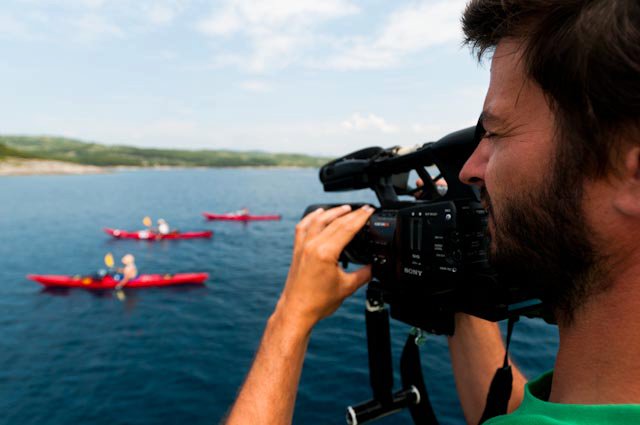
Day 44 moved from Makarska to Bol on Brač via kayak and bike.
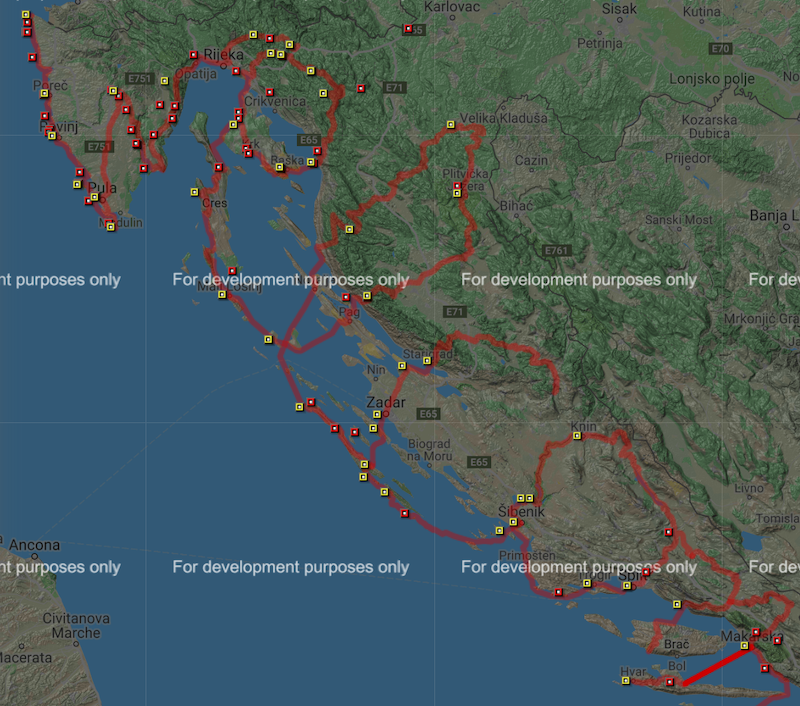
Day 44 began from Makarska as Lacko and Cedo prepared the kayak in the sea.
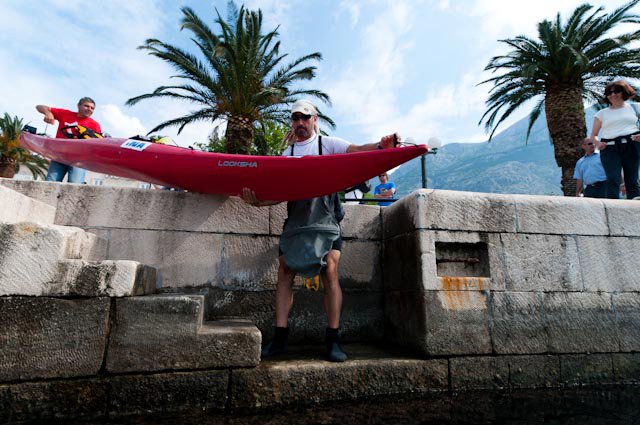
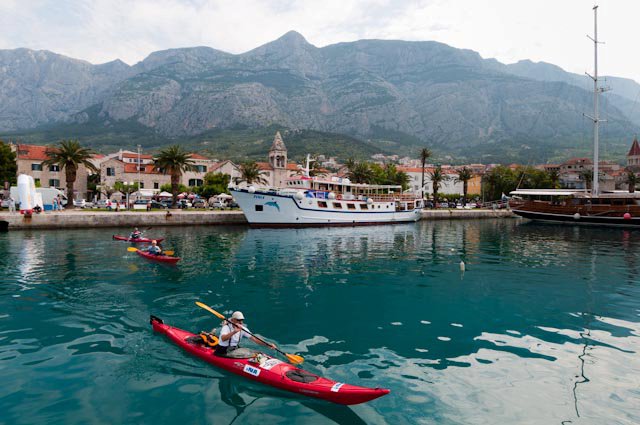
A look at Lacko departing from Makarska.
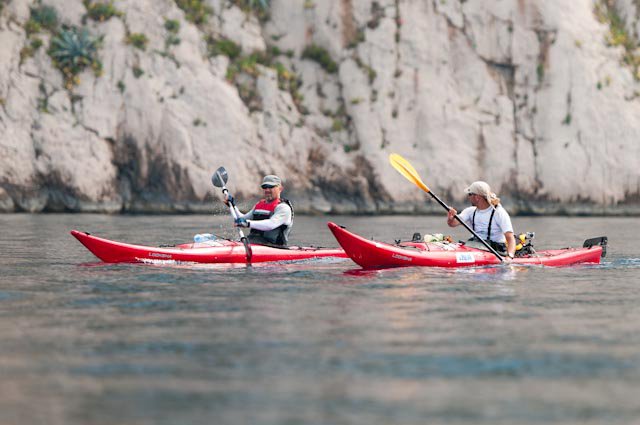
Lacko and Sajko rowing towards Brac.
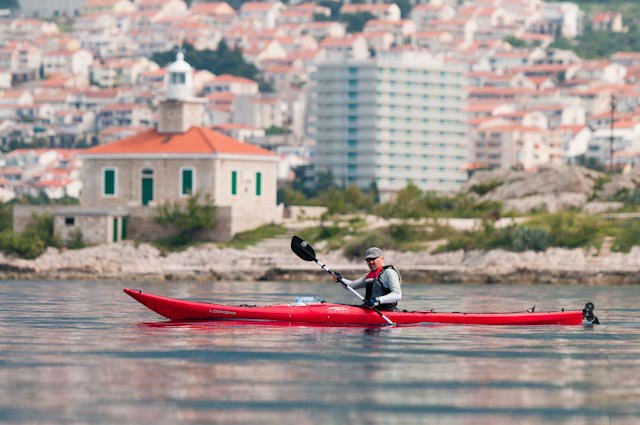
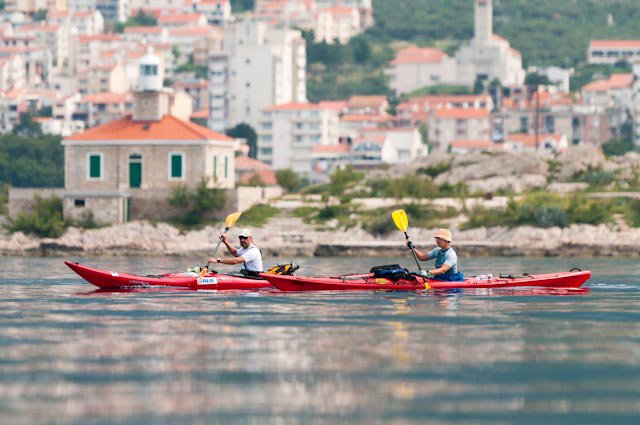
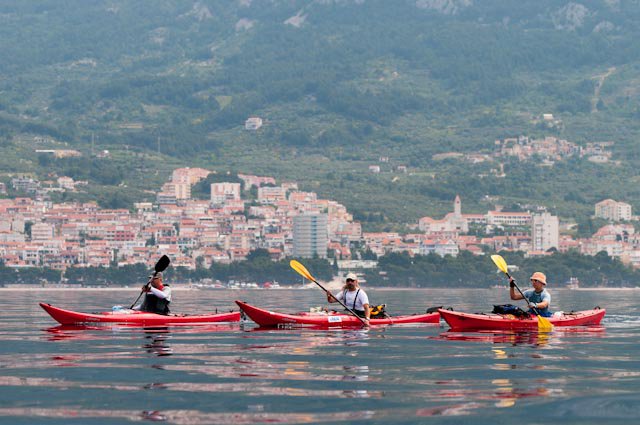
Makarska in the distance.
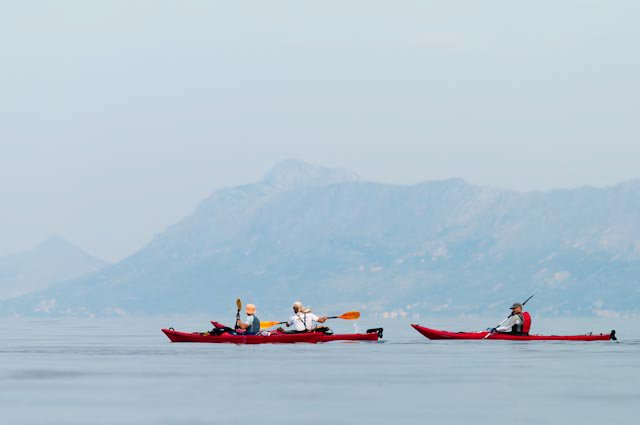
Tea, Lacko and Sajko.
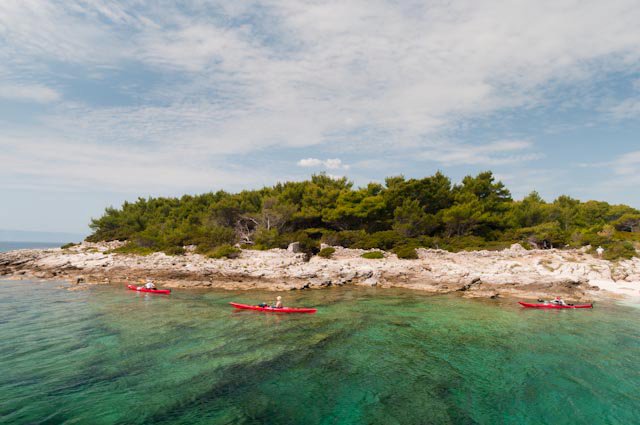
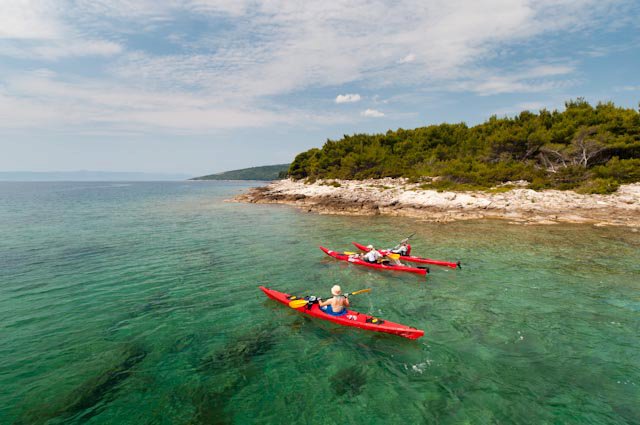

The group made it to Brač.
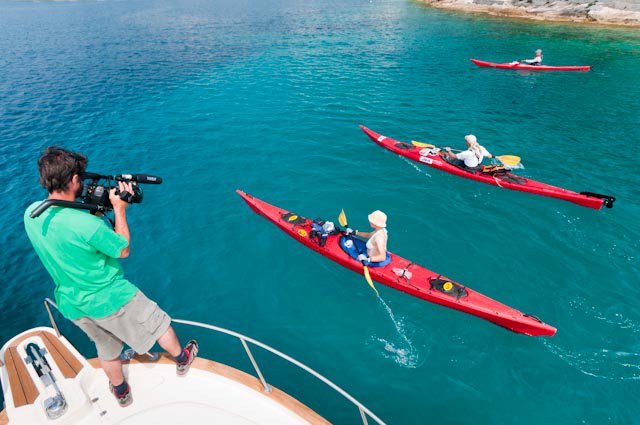
The perfect photo opportunity.
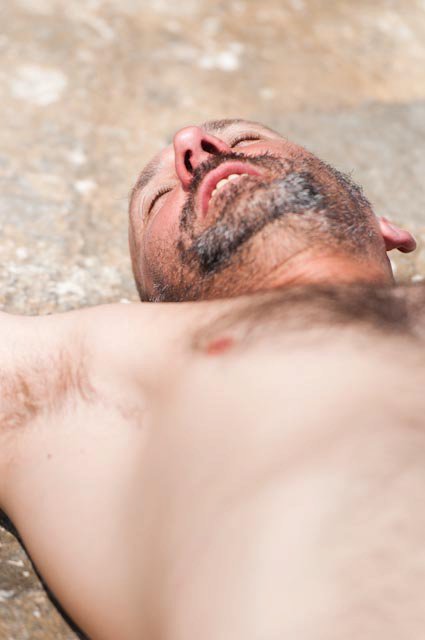
Lacko needed a break.
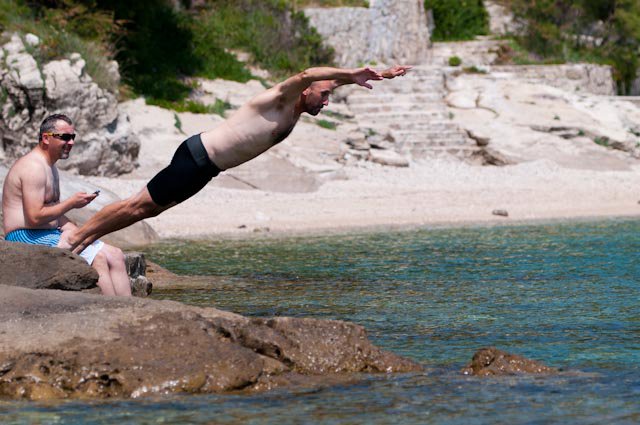
And a bit of therapy.
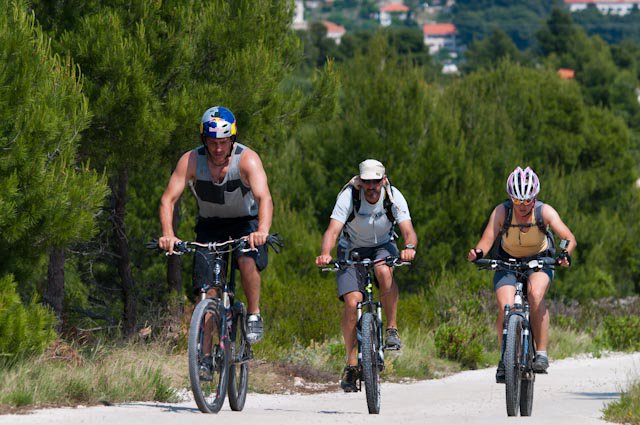
After a bit of rest, the group painfully pedaled above Sumartin.
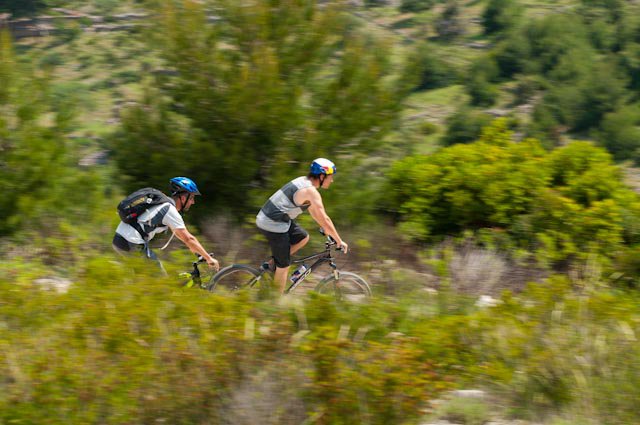
Lacko and Mislav pedaling towards Vidova gora hill.
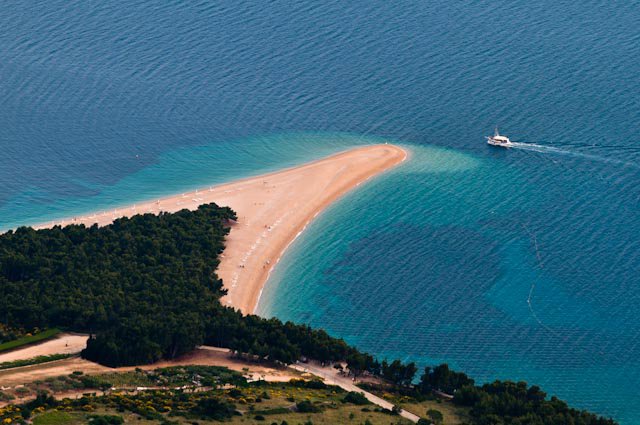
And Zlatni Rat in all of its glory.
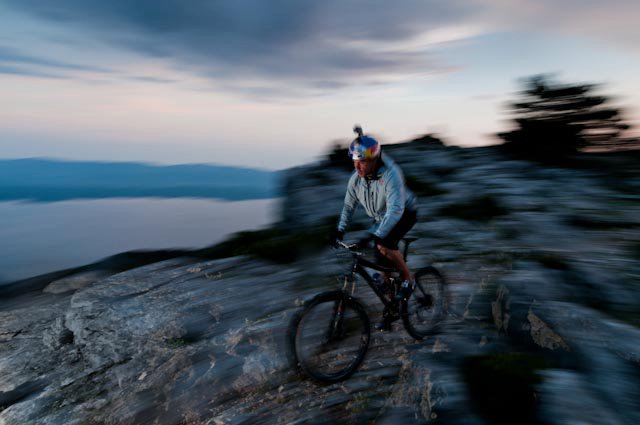
To end, a descent down Vidova gora hill.
A key part of the project was promoting tourism, and the official website has details of the key places visited during the day.

Makarska.
You can see the entire project on the Welcome website, as well as much more of Luka Tambaca's stunning photography on the Welcome Facebook page.
Tune in tomorrow for Day 45, as Lacko and the team move from Brač to Jelsa on the island of Hvar.
To follow the whole project from the start, follow the dedicated TCN page.
World's Biggest Welcome in Croatia: Day 43 - Imotski to Makarska (Bike, Foot)
May 4, 2019 - Putting Croatian adventure tourism on the map, with the biggest welcome in the world. Day 43 of this incredible 2011 adrenaline trip covering 2,500 km along the Croatian coast.
The World's Biggest Welcome, an ambitious adventure tourism project in 2011 in Croatia enters Day 43 of this 2019 appreciation of one of the finest tourism promotion projects ever in Croatia.
The plan? To showcase the diversity and fabulous offer of adventure tourism in Croatia by following a GPS route the length of the Croatian coast in the shape of the word 'Welcome' - thereby creating the biggest welcome in the world from a hospitable tourism country.
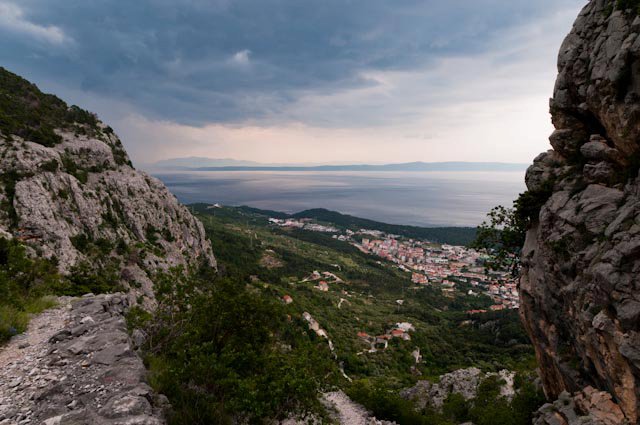
Day 43 moved from Imotski to Makarska via Biokovo.
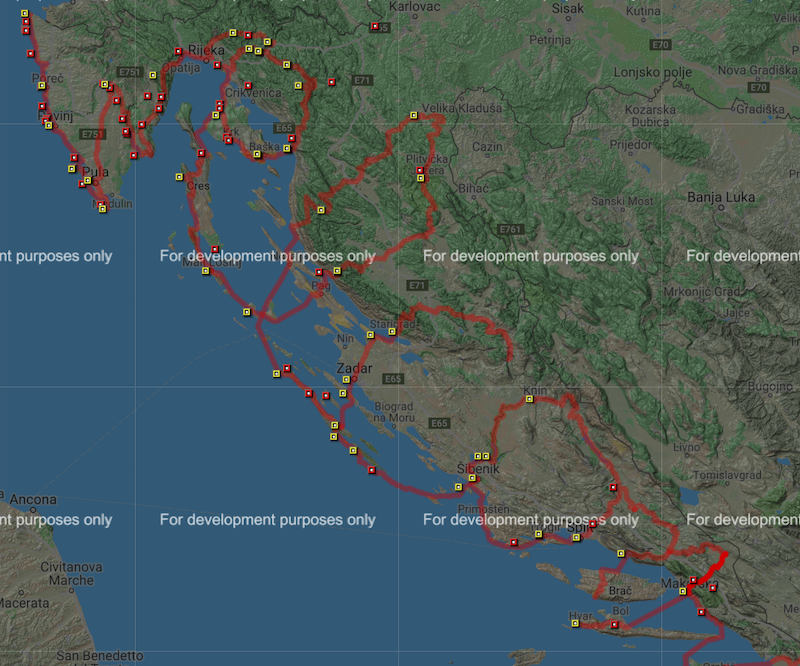
45 kilometres for the day: 30 km bike ride from Imotski to Turija, followed by 5 km on foot from Turija to Makarska to continue forming the ‘M’ in ‘Welcome’.
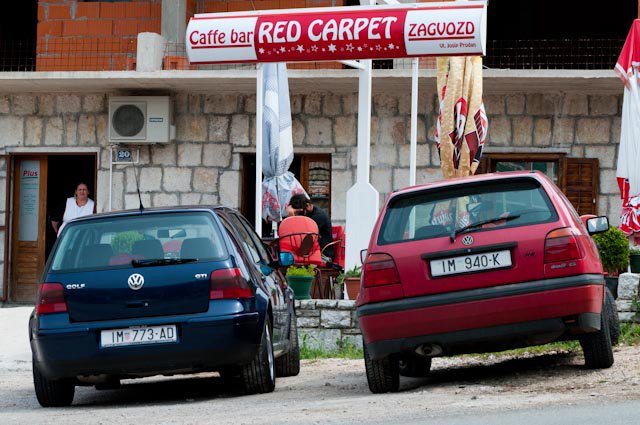
Day 43 started in Zagvozd. Marko stopped to have coffee at the Red Carpet cafe.
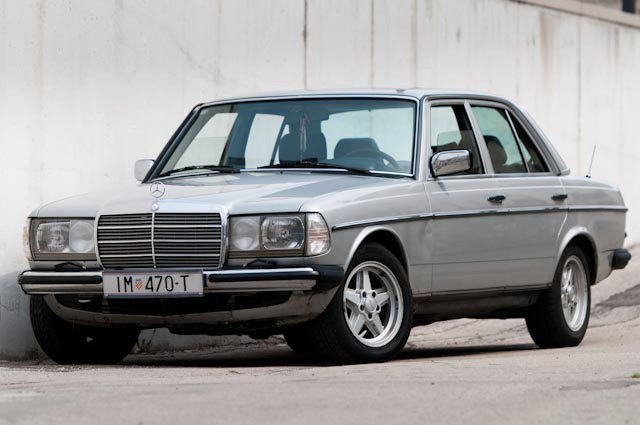
And it wouldn't be a trip to Imotski without noticing their biggest symbol - Mercedes.
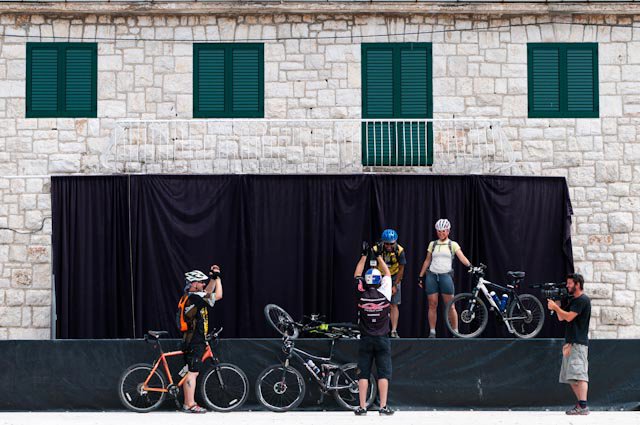
The team at Actor's Square in Zagvozd.
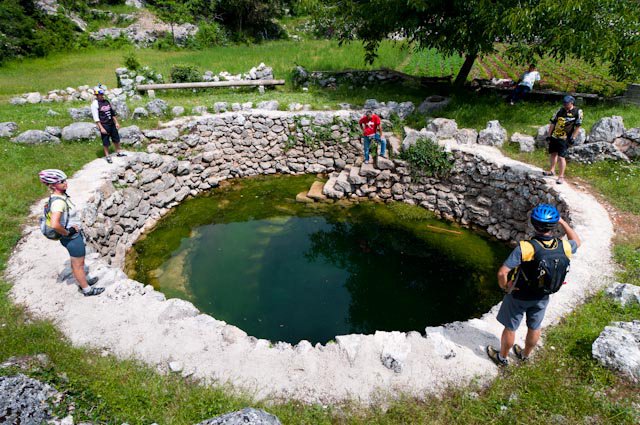
An old Turkish well in Zagvozd that holds regular water polo tournaments.
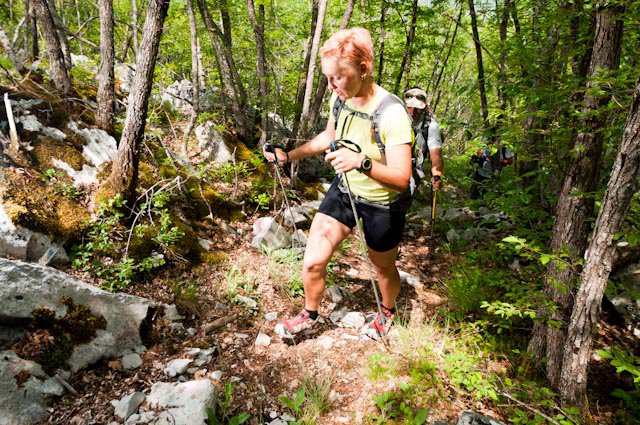
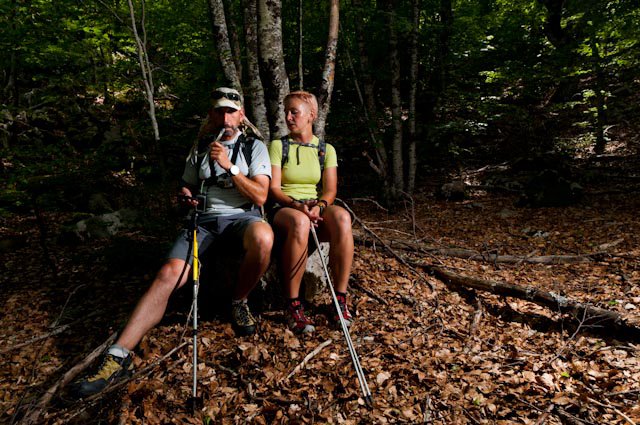
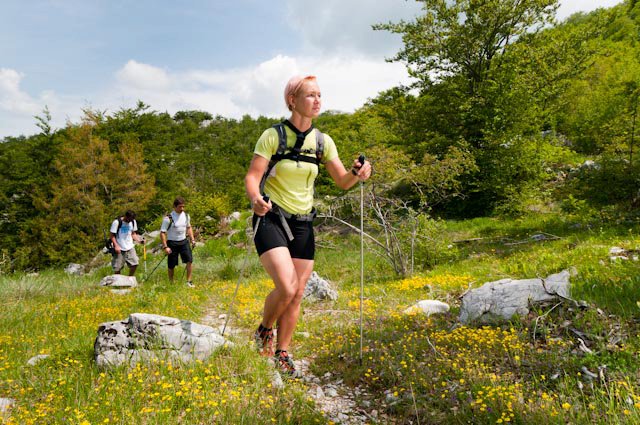
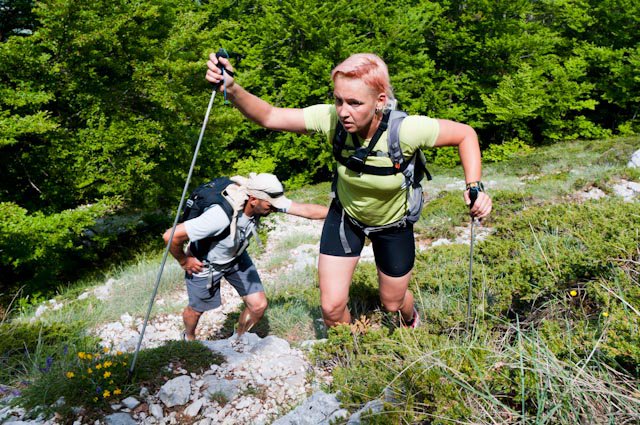
Climbing up Biokovo.
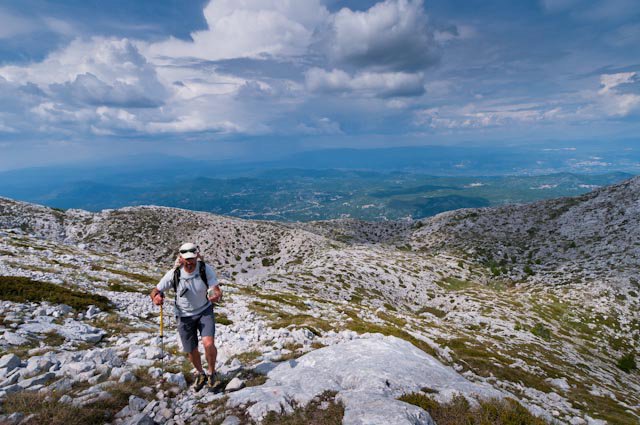
Lacko making his way up with an impressive backdrop behind him.
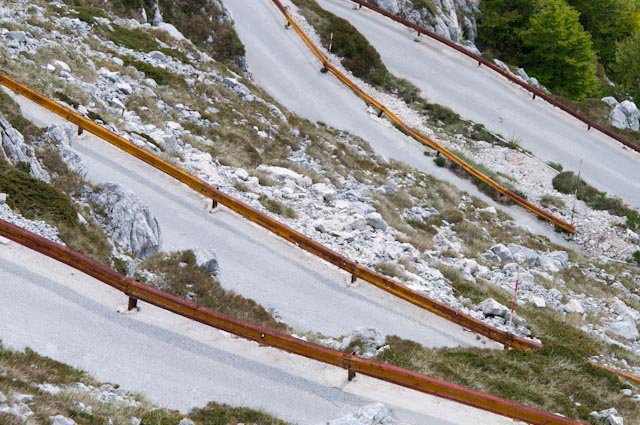
Sv. Jure road.

Lacko fighting the wind.
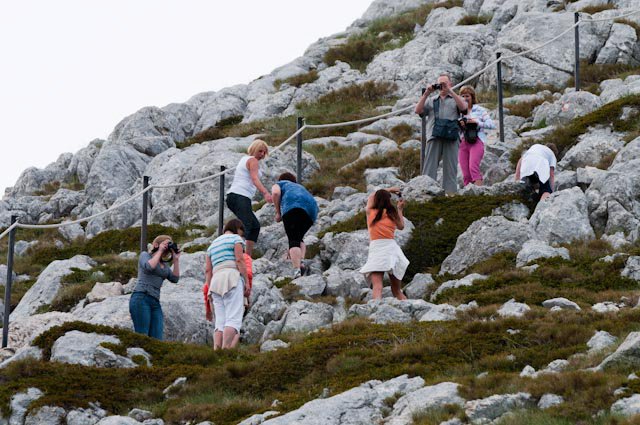
Then they met a group of Czech tourists who decided to leave their van and climb afoot for the last 30 minutes.
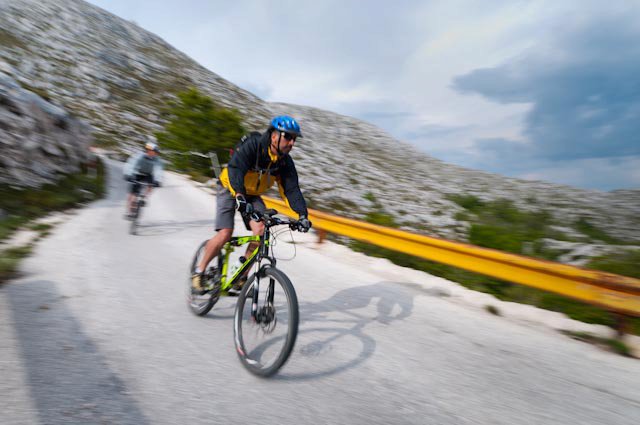
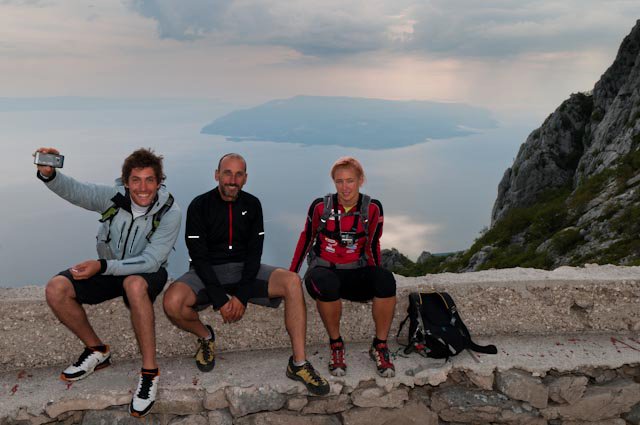
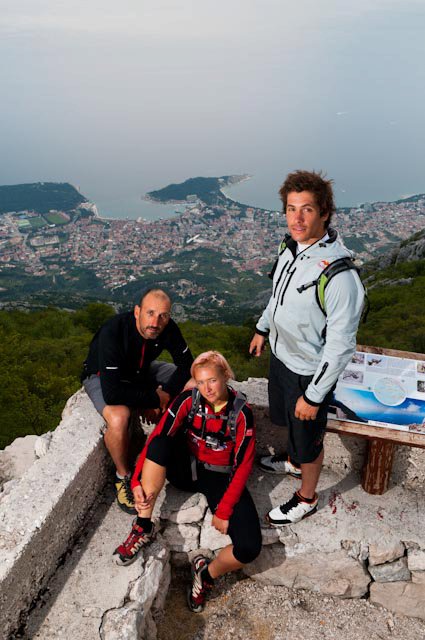
Mislav, Lacko and Tea above Makarska.
A key part of the project was promoting tourism, and the official website has details of the key places visited during the day.
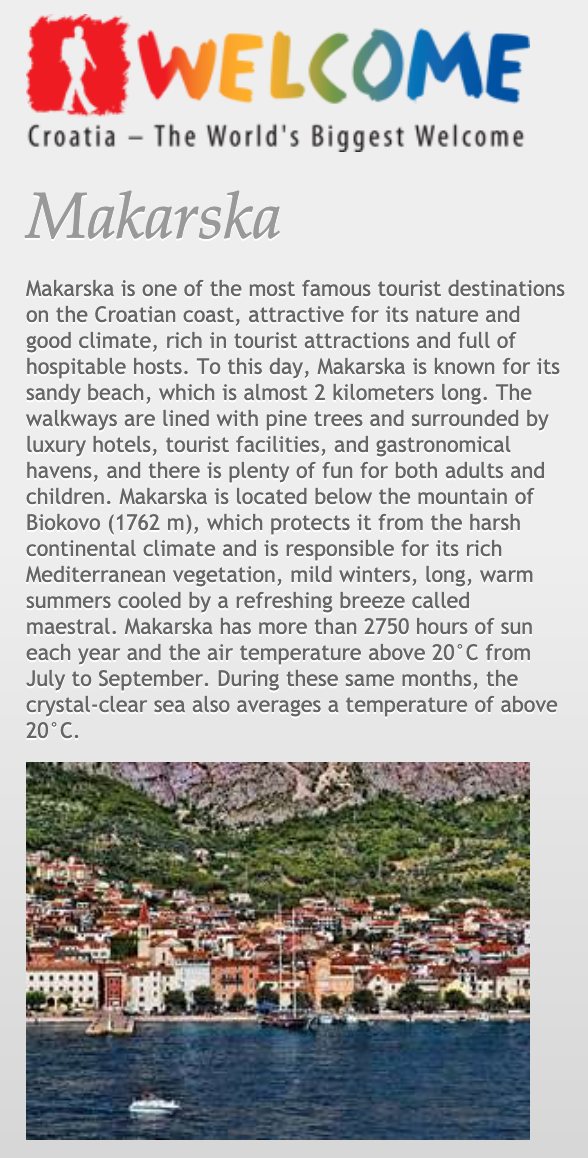
Makarska.
You can see the entire project on the Welcome website, as well as much more of Luka Tambaca's stunning photography on the Welcome Facebook page.
Tune in tomorrow for Day 44, as Lacko moves from Makarska to Bol.
To follow the whole project from the start, follow the dedicated TCN page.
From Osijek to Makarska, Booking.com Users Rate Croatian Hosts
What do Croatian and international travellers think of their hosts when staying in private accommodation? How do they rate them, how much interaction is too much and are privacy and inside information the key?
As Lea Balenovic/Novac writes on the 9th of April, 2019, almost two thirds of Croats believe that the host is a key factor when staying in an accommodation facility, and those who are the best rated in the Republic of Croatia, both from domestic and foreign guests, can be found in in Rakovica, Osijek, Bibinje, Korenica, Kaštela, Makarska, Brela, Senj, Trogir and Podstrana.
They are the results of research conducted by the world's leading rental company, Booking.com, on a sample of 21,500 travellers worldwide. As the survey showed, 63 percent of international travellers and 62 percent of Croatian travellers think that their stay was better because of their engagement of the host who did everything they could to make it a better stay for them.
Most travellers want to feel "at home," as they have indicated in such surveys. For 62 percent of international travellers, the main advantage of non-hotel accommodation is the ability to take advantage of the knowledge and information available from the host and decide to stay in a property owned by someone who actually comes from the region in which the property is located. The same goes for 48 percent of Croatian travellers.
Nearly half of the international travellers who partook in the survey, or more specifically 45 percent of them, and 59 percent of Croatian travellers consider the local knowledge and information at their disposal from their host important for their overall budget because they hope to be given insider advice that will help them save some cash and avoid potential tourist traps.
However, while it seems that all travellers who took part in this survey generally consider the same things to be significant, each traveller is looking for a different type of engagement from their host. Therefore, some travellers are satisfied with a simple warm welcome, while others have slightly higher expectations from their hosts.
For example, 52 percent of international passengers and 40 percent of Croatian travellers believe that their host should only be seen once during their stay in order to make them feel welcome, and more than a third of international travellers and almost the same number of Croatian travellers expect their hosts to contact them only during their arrival, registration, and then again when they eventually check out and leave the premises.
What is often even more challenging to hosts is the fact that many travellers also expect them to have some sort of sixth sense and know just how much of a personal touch is needed for each traveller. 69 percent believe that hosts should intuitively know the right amount of time they should be spending with their guests, and that is also what 73 percent of Croatian travellers think. For four out of five international travellers and the same number of travellers from Croatia that means respecting their need for personal space, which means that the feeling of privacy is key.
The hosts also agree. Namely, nearly 80 percent of Croatian hosts think that the most important thing for guests is to be able to properly ensure their privacy.
"Our research reveals that it's very important for the owners and managers of accommodation facilities to find a balance which ensures the best experience, regardless of whether guests are staying in a vacation home, an apartment, in accommodation with their hosts or any other type of facility," explained Olivier Grémillon, the vice president of Booking.com, adding the fact thatt "what is crystal clear is that there is nothing like the ability of ordinary people to turn something into an unforgettable experience."
Make sure to follow our dedicated lifestyle and travel pages for much more.
Click here for the original article by Lea Balenovic for Novac/Jutarnji
Meet Projects that will Change the Face of Makarska Tourism
February 5, 2019 - Makarska has recognized the value of cultural heritage as an outstanding potential for the development of selective types of tourism.
Makarska and Imotski Route Featured in World's Biggest Road Cycling Magazine
In a global quest for new cycling destinations, the world-renowned road cycling magazine Cyclist was thrilled with the scenes of the Makarska Riviera and the climb to Sv. Jure, the highest point on Biokovo mountain.
For this reason, Cyclist featured the experience of climbing Sv. Jure and the enchanting landscape of the Makarska Riviera in the prime section of their upcoming edition - and Croatia's stunning scenes even got a shot on the cover, reports Dalmacija Danas on January 25, 2019.
The Cyclist magazine team visited Dalmatia in September 2018 and cycled 136 kilometers through Imotski – Kamenmost – Zmijavci – Runovići – Slivno – Zagvozd – Rašćane – Gornje Igrane – Biokovo Sveti Jure – Makarska. Editor-in-chief Peter Muir was part of the team to travel the extremely demanding route, which is best explained by the fact that the total altitude difference rises to 3100 meters.
The article in Cyclist magazine will be released in February this year and is perfectly timed to when cyclists begin to plan their travel for the upcoming spring season and summer of 2019. The spread comes out to a total of 16 pages in the most attractive part of the magazine. The headline reads “Flying High in Croatia", while the article itself is titled "Slaying the Beast".
In the editorial column at the beginning of the release, called "Ed's Letter," editor Peter Muir marks the rise to Sv. Jure as a "Must Do”, and the climb to Sv. Jure is considered one of the best articles ever published in the journal.
Cyclist magazine has a tremendous impact on the global cycling community. Its influence is undeniable, and it is said to be the world's largest cycling "decision maker" and "trendsetter". Many readers around the world call it the “Cycling Bible”.
Apart from the cycling route itself, the article will present Makarska and the Imotski region as a perennial of Croatian cycling tourism, along with its accommodation and gastronomic offer. There is no doubt that after this article is released, the area should expect an increase in the number of international cyclists.
Hloverka Novak Srzic, director of the Tourist Board of the City of Makarska, commented on the excellent promotion for Dalmacija Danas.
“We are very pleased to appear in this ‘Cycling Bible’ that has a global impact with great ratings of top bicyclists. I cannot say anything but that I'm glad. This is the right time to present our destination on a global scale,” Novak Srzić said.
Makarska certainly has huge outdoor potential.
“Absolutely. What makes Makarska unique is the blend of the sea, the beach, and the mountains. You can be in the snow on Sv. Jure or smell the fresh mountain air in the summer, and on the same day, enjoy the Mediterranean climate in the beauty of our beaches. This is a great advantage to Makarska.”
In December, Makarska had many more visitors than a year ago.
“True, 1,500 guests more. Hotel Park was open, last year we invested in Advent. We never had concerts like Željko Bebek and Mladen Grdović before. All the investments have come back. The numbers are the ones that speak best. Next year, Valamar will have a hotel that will be open all winter, and this will be an additional trump card for Makarska and added value to winter tourism.”
To read more about travel in Croatia, follow TCN’s dedicated page.
Can Dalmatian Hinterland Expect Significant Tourism Growth?
While having increased in popularity over the last couple of years owing primarily to active tourism, the Dalmatian hinterland tends to live in the shadow of its coastal cousin, but is all that about to change?
As Poslovni Dnevnik writes on the 3rd of December, 2018, the calculations of the Institute for Croatian Tourism show that the number of overnight stays in Split-Dalmatia County could rise by 30 percent, mostly in the Dalmatian hinterland, by more than 200 percent. The study in which these figures were presented was entitled "Measuring Sustainability of Tourism in Practice".
Tourism Institute researcher Zoran Klarić explained that Split-Dalmatia County tourism would be able to achieve a presumed growth of 30 percent, but only if certain obstacles are dealt with and removed before that goal, Slobodna Dalmacija reports.
"When it comes to the biggest development obstacles, we've come across an unacceptable situation with waste disposal, a power system on the edge of durability, a water supply system that depends on a single source in the case of Split, inadequate drainage, and very weak traffic power, plus parking spaces," said Klarić.
He explained that tourism in that particular county was explored through five parts: Split, the Split riviera, the Makarska riviera, the Dalmatian hinterland, Brač, Hvar, and Vis. In addition to the Dalmatian hinterland, which could account for 200 percent growth, the biggest potential for growth lies on the nearby island of Brač, where calculations show potential of up to 50 percent growth, Slobodna Dalmacija writes.
Through the additional number of guests who could come to Croatia over the coming years, the institute calculated that the potential increase of tourists could be as much as 250,000 per year. According to estimates, the largest number of overnight stays would be made by Makarska riviera (two million) followed by the Split riviera (one million and 950 thousand), while Split would see as many as 670,000 overnight stays realised.
In the coming years, the number of hospitality and tourist zones could increase, to 145 with a total of 95,000 beds on offer.
"It's almost twice the capacity available today in this type of accommodation," the institute noted, adding that there is currently no indication that the growth of tourism in private accommodation which otherwise currently accounts for about 80 percent of Split-Dalmatia County's overall accommodation capacity today will be limited.
Despite these indicators, which can be taken in both a positive and a negative way, tourism has some limitations in parts of the aforementioned county. The lack of labour is a big problem, and one which will continue to grow, and the Makarska riviera has a particular issue with its overall beach capacity.
Make sure to stay up to date with our dedicated travel and lifestyle pages for more. If you're interested solely in the Dalmatian hinterland, make sure to follow Total Inland Dalmatia.
Makarska Advent Promises New Location, Giant Skating Rink, Biggest Performers
This year, visitors to Advent in Makarska will be delighted by the ’Christmas Town’ in a brand new location. The new ‘Christmas Town’, which launched the construction on the holiday cottages on Monday, will be featured at the Jure Radić Promenade.
Horned Vipers Still Active, New Species of Snake Makes Biokovo Home?
While a meeting with a horned viper is unsettling enough, is there another type of snake living in the mountains above the Makarska Riviera?
Intangible Heritage of Croatia – Ćupter – Traditional Wine Jelly Candy
Learn how to make the candy of Croatia's past!
Leading Tourist Company Announces Massive Investment and New Job Opportunities
A 178 million kuna investment is on the cards for one leading company.


